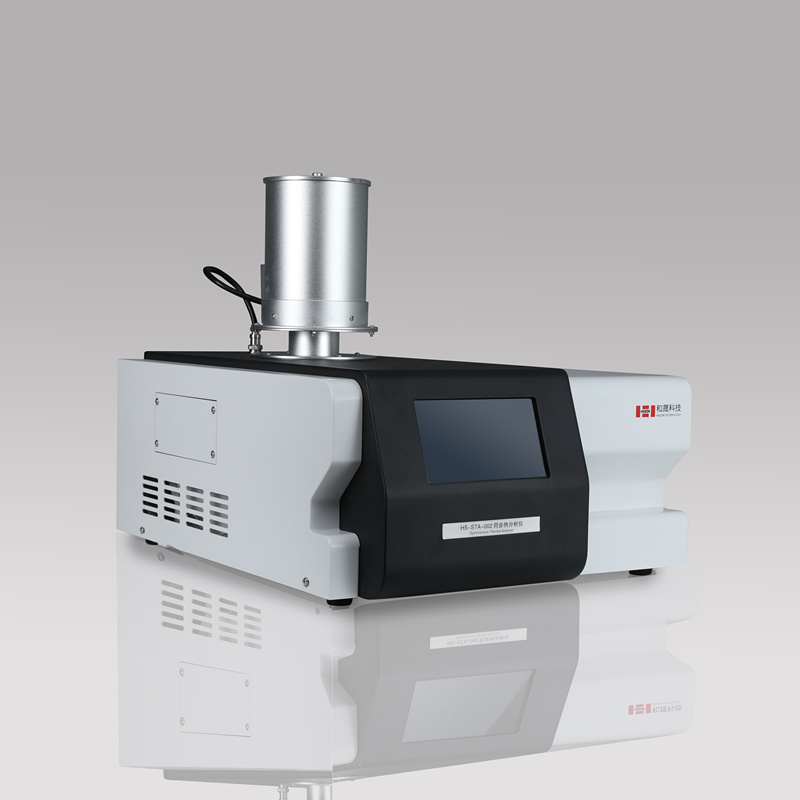
Synchronous thermal analyzer: Principle, application and future development
Publish Time:
2023-08-25 09:37
Source:
SHANGHAI HESON INSTRUMENT TECHNOLOGY CO.,LTD.
introduction
A synchronous thermal analyzer is a high-end scientific instrument used to simultaneously measure the thermal and physical properties of a sample. It has a wide range of applications in scientific research, industrial production and quality control, such as material science, chemistry, metallurgy, biomedicine and so on. This paper will introduce the basic principle, work flow and the significance and function of the synchronous thermal analyzer in detail, in order to improve the reader's understanding of the instrument.

Shanghai HESON HS-STA-002 synchronous thermal analyzer
Basic principle
Synchronous thermal analyzer is mainly composed of thermocouple, heating furnace, cooling system, atmosphere control system, data acquisition and processing system. The core principle is to use thermocouples to measure the temperature change of the sample during heating or cooling, and to monitor and analyze the temperature change in real time through the data acquisition and processing system.
Work flow
Preparation before the experiment: select the appropriate thermocouple and sample holder, place the sample on the sample holder, set the temperature and heating rate of the heating furnace according to the experimental requirements, and adjust the atmosphere control system to control the experimental environment.
Experimental process: Start the instrument, heating furnace began to heat up, while measuring the temperature change of the sample. The data acquisition and processing system will monitor the sample temperature in real time and transfer the data to a computer for recording and analysis.
Data processing: The experimental data are processed and analyzed by computer software to generate thermal performance curves and physical property curves for researchers to compare and study.
Meaning and function
The application value of synchronous thermal analyzer in scientific research is very extensive. First of all, it can help researchers understand the thermal properties and physical properties of the sample, such as thermal expansion coefficient, thermal conductivity, specific heat capacity, etc., which is very important for the research of materials science, chemistry and other fields. Secondly, the synchronous thermal analyzer can be used to study the phase change process of substances, such as the melting, solidification, phase change, etc., which is of great significance for metallurgy, materials and other fields.
In industrial production, synchronous thermal analyzer also has a wide range of applications. For example, it can be used for quality control of materials, through the measurement of the thermal and physical properties of the sample, you can judge whether the material meets the production requirements. In addition, the synchronous thermal analyzer can also be used to study the thermal stability and weather resistance of materials, which is of great significance for the development and optimization of products.
Future development
With the continuous development of science and technology, synchronous thermal analyzer is also constantly innovating and improving. In the future, synchronous thermal analyzers will develop in the direction of higher accuracy, faster measurement speed and more complex data processing capabilities. In addition, with the improvement of environmental awareness, the demand for environmentally friendly atmosphere control systems will also be higher and higher.
In short, as a powerful scientific instrument, synchronous thermal analyzer has a wide range of application values in materials science, chemistry, metallurgy and other fields. With the continuous progress of technology and the increasing application demand, synchronous thermal analyzer will play a more important role in the future, providing strong support for scientific research, industrial production and quality control.
Recommendation
